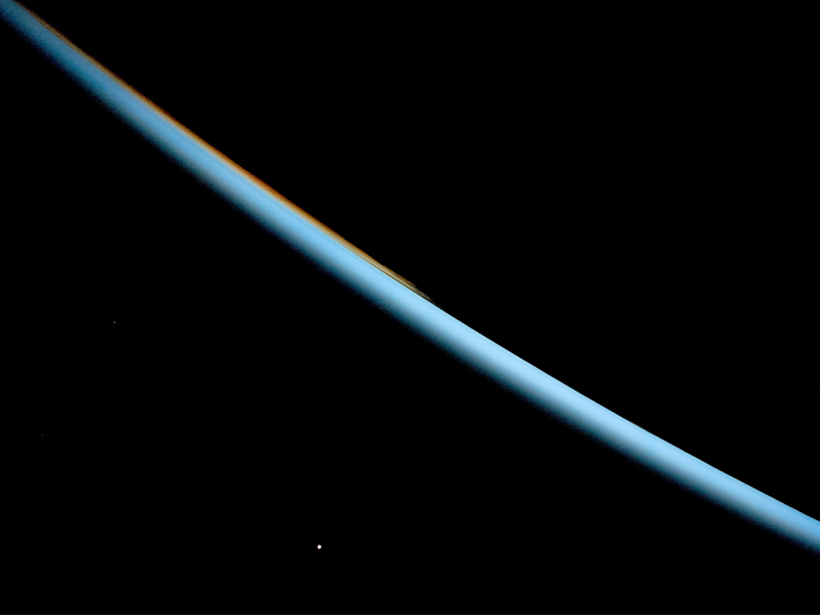Apollo 11 at 50. Ten years ago, “at the 40th anniversary of the Apollo 11 mission, your intrepid reporter caught up with Neil Armstrong.”
—Randy Showstack, Staff Writer
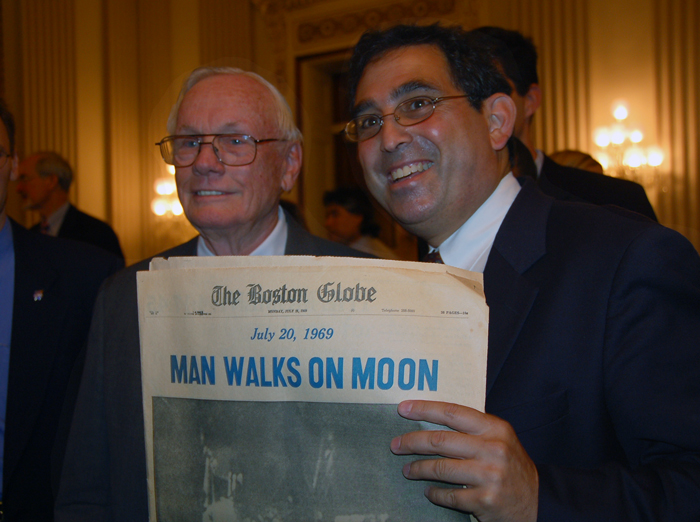
.
Ed Dwight Was Set to Be the First Black Astronaut. Here’s Why That Never Happened. We must not forget this part of our space exploration history: “It took two decades after Dwight became an astronaut trainee before a black American would go to space.”
—Kimberly Cartier, Staff Writer
.
A Window into Space at the National Cathedral.
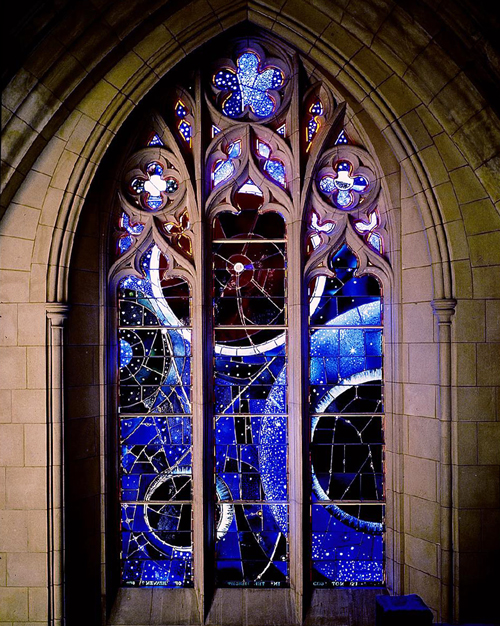
Like rocks and glass windows, science and religion don’t always coexist happily. This is a poignant tale of one case where they all just get along, beautifully.
—Timothy Oleson, Science Editor
.
Teaching Global Warming in a Charged Political Climate. A thought-provoking article about the challenges of teaching climate change in K–12.
—Faith Ishii, Production Manager
.
Revisiting the Role of the Science Journalist. While #scicomm is thriving, the pursuit of science journalism is in a precarious position. Read Eos.
—Caryl-Sue, Managing Editor
.
SharkCam!
And here I thought science would be devoid of jump scares.
—Kimberly Cartier, Staff Writer
.
The Battle to Rebuild Centuries of Science After an Epic Inferno. This story on Brazil’s National Museum 1 year after the fire is heart-wrenching.
—Jenessa Duncombe, Staff Writer
.
Resurrecting Interest in a “Dead” Planet. With so much attention on the Moon and Mars, Venus tends to get short shrift. Catch up on what scientists have learned about “Earth’s twin” in the past quarter century—and what questions they’re still trying to answer—in this hugely informative and fascinating summary.
—Timothy Oleson, Science Editor
.
Elephants Boost Carbon Storage in Rain Forests.
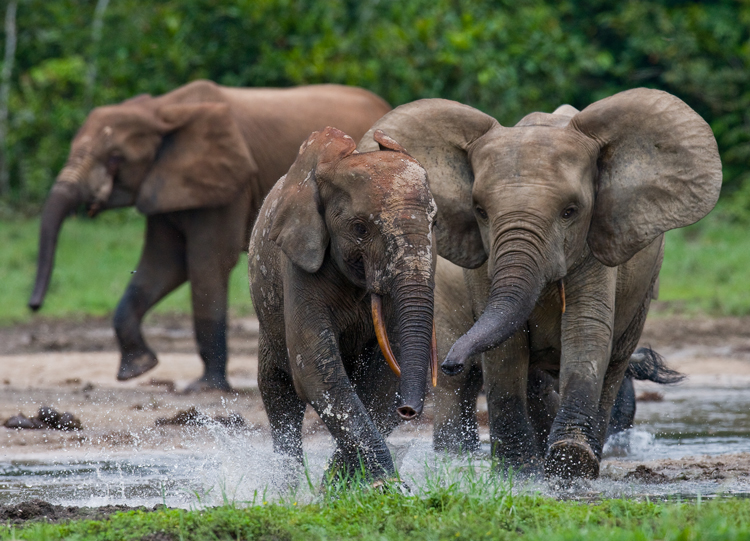
By trampling and eating fast-growing softwood trees, elephants contribute to the growth of slow-growing hardwood trees, which have higher carbon densities. Plus, who doesn’t love these majestic animals?
—Faith Ishii, Production Manager
.
Viewing Venus from the Space Station.
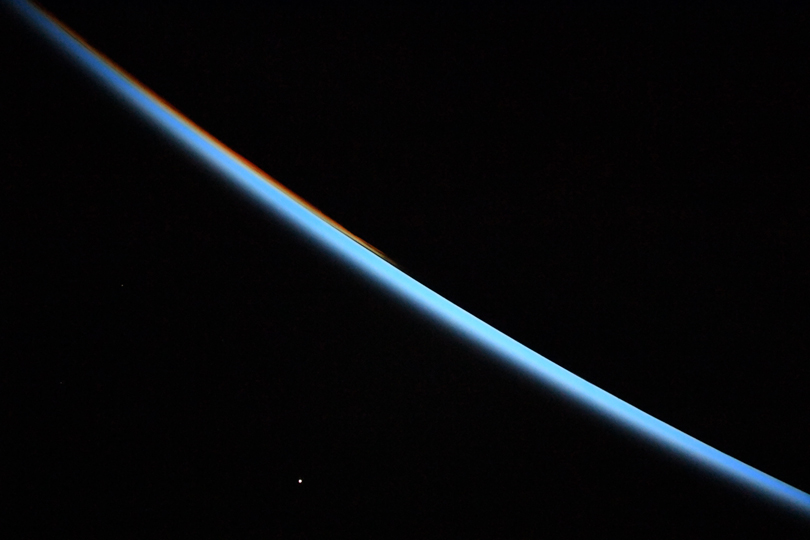
OK, how cool is this?! “Orbiting Earth approximately every 90 minutes, astronauts living and working on the International Space Station (ISS) see sixteen sunrises and sunsets every 24 hours.”
—Melissa Tribur, Production Specialist
Citation:
(2019), Apollo 11 at 50 and other things we’re reading this week, Eos, 100, https://doi.org/10.1029/2019EO129175. Published on 19 July 2019.
Text © 2019. The authors. CC BY-NC-ND 3.0
Except where otherwise noted, images are subject to copyright. Any reuse without express permission from the copyright owner is prohibited.

